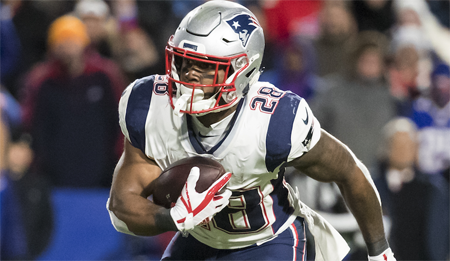
Sports Betting Odds Explained: A Quick Guide For Beginners
Sports Betting Odds Explained
In May of 2018, the supreme court struck down a federal law that bars gambling on football, basketball, baseball, and other sports in US states. This rule change gave states the go-ahead to legalize betting on sports. One research firm estimated 32 states would probably offer sports betting within five years. With the growing trend of Sports Betting becoming more excusable, interest on how to bet on sports has emerged. However,
Understanding The Odds
Any time you wager on a game, you'll notice either a " - " or a " + " followed by a 3, 4, or 5 digit number next to the spread, total, or moneyline. This number, + or -, indicates the probability that the wager has to win, as well as how much money you will win (or lose). Understanding how odds work should be the first thing you learn if you plan on having success in the often cold world of sports betting.
Probability
Probability itself has a rather simple definition; "the extent to which something is probable; the likelihood of something happening or being the case". Easy enough. However; in sports betting, odds on either side of a wager may not have a total probability that equals 100%. All sports betting odds are a little different but lets up the NFL point spread odds from the Rams vs. Patriots Super Bowl from 2019 as an example.
The Patriots were listed as -135 favorites, while the Rams were listed as +115 dogs. The Patriots had an implied 57.4% chance to win, while the Rams had an implied 46.5% chance to win. Wondering how the total probability of a game between two teams adds up to 103.9%? Vegas makes this possible in order to collect a tax on each side of a wager known as "Vigorish", which is another critical juncture of the sports betting industry. It is important to understand that vigorish does not always correspond with probability. When Vegas sets a line on a game or a total, they do so with the idea that the game or total has a 50/50 chance to land on either side of their number. The vig on spread/total bets is most commonly -110. This does not mean that each side of the spread or total has a 52.4% chance of hitting, its simply their way of taxing the
| Odds | Implied Probability |
| -300 | 75% |
| -200 | 66.7% |
| -100/Even | 50% |
| +200 | 33.3% |
| +300 | 25% |
Vigorish

The easiest way to calculate vigorish on a certain game is to take the amount you would risk betting on a favorite to win $100 and the amount you would win betting $100 dollars on an underdog and split the difference. The larger the favorite, the higher the vig.
| Team A Odds | Team B Odds | Vig |
| -110 | -110 | $20 |
| -130 | -100 | $30 |
| -200 | +150 | $50 |
| -300 | +200 | $100 |
| -500 | +350 | $150 |
Break-Even Points
Whether you're betting the favorite or the underdog, it's important to understand your break-even points at a given vig. Below is a chart to give you an idea of the win percentage you'll need to maintain in order see a profit on your wagers at a given price.
| Favorite | Win % Needed | Underdog | Win % Needed |
| -110 | 52.4 | +110 | 47.6% |
| -120 | 53.5 | +120 | 45.4% |
| -130 | 56.5 | +130 | 43.5% |
| -140 | 58.3 | +140 | 41.6% |
| -150 | 60% | +150 | 40% |
A bettor who hits 60% of their bets at -150 juice and
Calculating Losses/Winnings from Odds
When betting a favorite, you will see a "-" ahead of the implied odds your wager has to win. This number represents the amount of money you will have to risk in order to win $100. When betting an underdog, you will see a "+" ahead of the implied odds your wager has to win. This number represents the amount of money you will win if you risk $100.
| Favorite Odds | To Win $100 | Underdog Odds | Risking $100 |
| -110 | $110 to Win $100 | +110 | $100 to Win $110 |
| -150 | $150 to win $100 | +150 | $100 to Win $150 |
| -200 | $200 to win $100 | +200 | $100 to Win $200 |
As you can see in the above chart, a
Summary
Betting odds tell us the implied probability of the outcome of a game as well as how many money we will win or lose. Betting on a team at -150 odds implies that you have a 60% chance to win, that you must risk $150 if you wish to win $100, and you must win more than 60% of your bets at those odds in order to become profitable.





